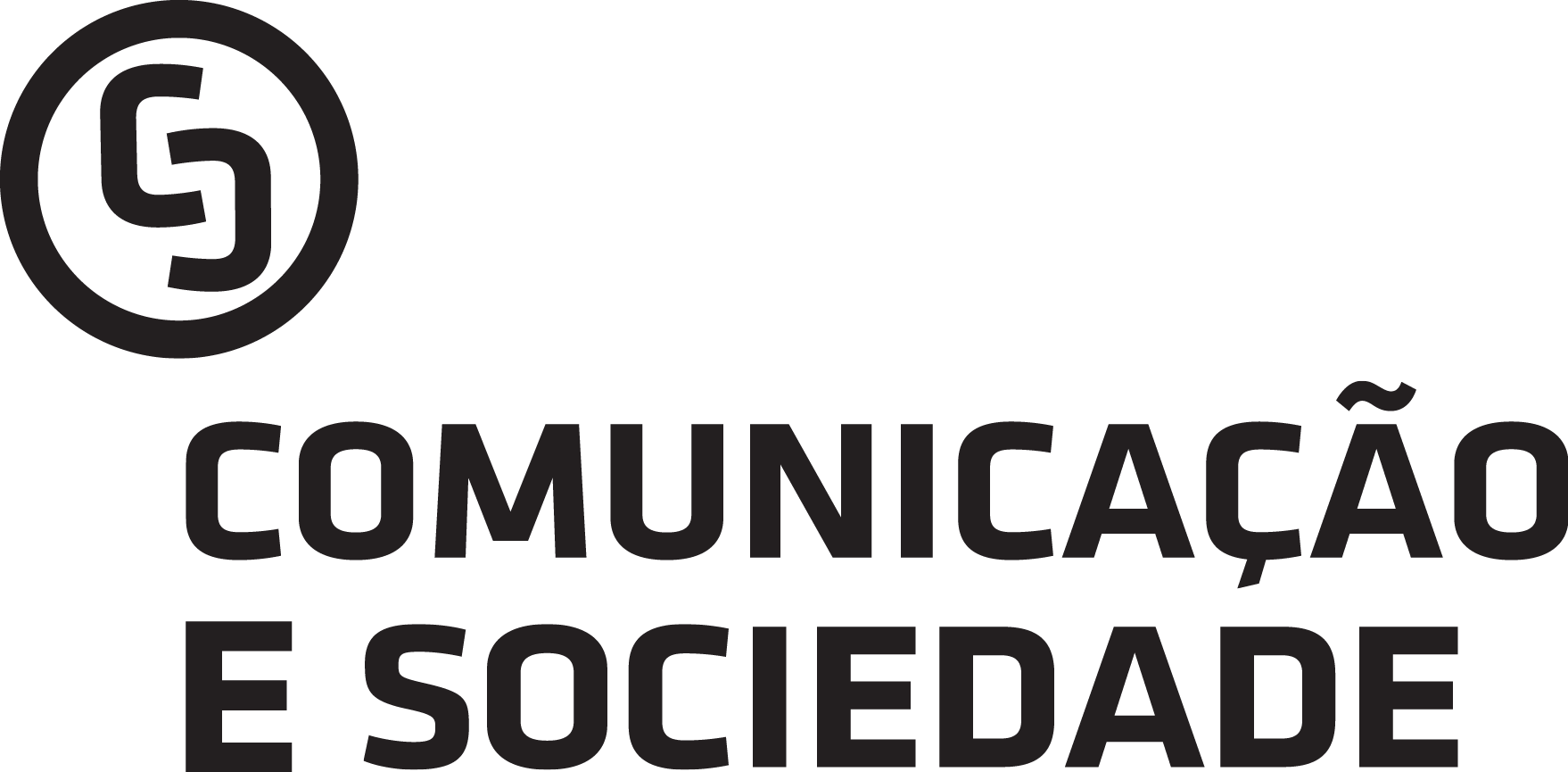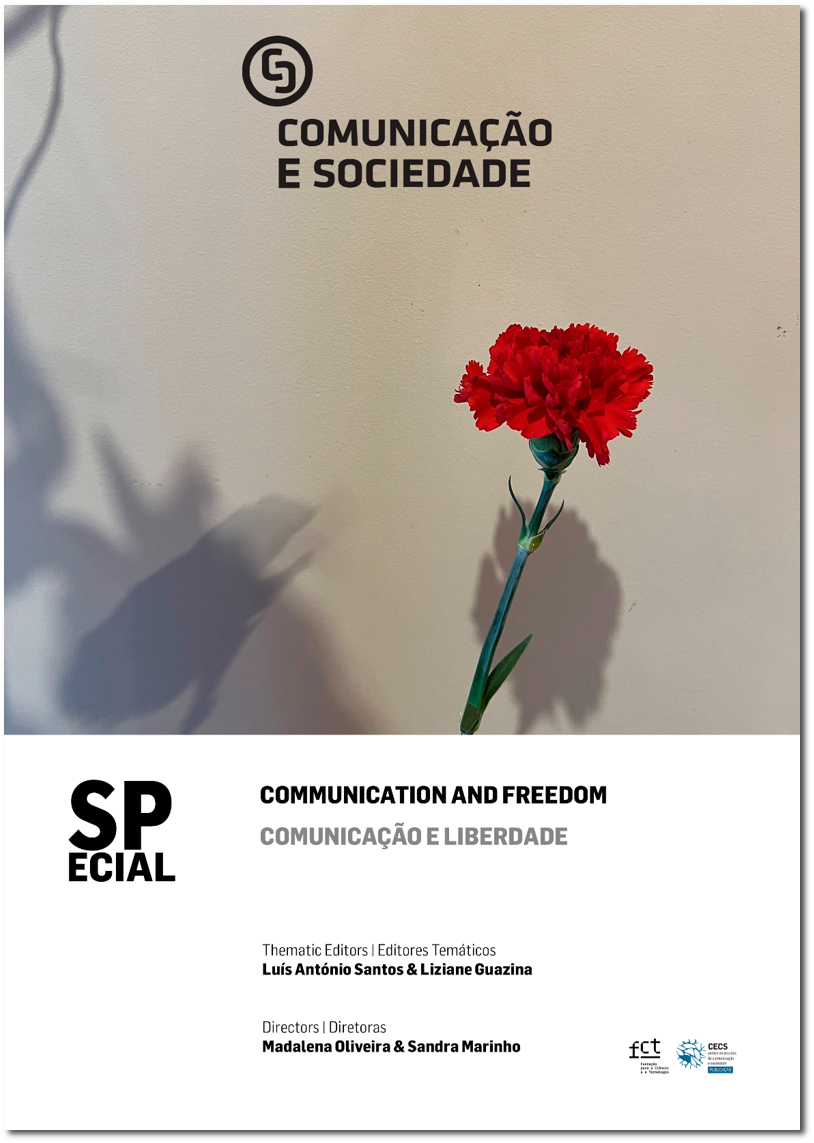From Censorship to Resistance: Mobilisations in Defence of Freedom of Artistic Expression in Brazil
DOI:
https://doi.org/10.17231/volesp(2025).5481Keywords:
censorship, political mobilisation, freedom of expression, artsAbstract
This article examines online and offline responses to attempts to censor artistic productions in Brazil between 2017 and 2022. It focuses on identifying and analysing instances of artistic censorship attempts and the mobilisations they provoked. By situating these events within the broader Brazilian political context, the study highlights new repertoires of action that enable agency and creativity in resistance efforts. It also explores how these mobilisations defended freedom of expression, a fundamental principle for fostering plurality and inclusion in public debate. The research employs content analysis, following Krippendorff and Boc’s (2007) criteria, to investigate censorship mechanisms and media narratives drawing on data from journalistic websites and social media platforms. The findings reveal that opposition to censorship unfolded through four main dynamics: campaigns, street protests, alternative actions, and hashtag activism. Notably, alternative actions emerged as the most expressive form of resistance, characterised by creativity. These protests against censorship took shape through diverse artistic performances, underscoring the ongoing adaptability of artists as they challenged restrictive norms and expanded their repertoire in defence of freedom of expression.
Downloads
References
Arsham, H. (1998). Kuiper’s P-value as a measuring tool and decision procedure for the goodness-of-fit test. Journal of Applied Statistics, 15(2), 131–135.
Barendt, E. (Ed.). (2017). Freedom of the press. Routledge.
Bennett, W. L., & Segerberg, A. (2012). The logic of connective action: Digital media and the personalization of contentious politics. Information, Communication & Society, 15(5), 739–768. https://doi.org/10.1080/1369118X.2012.670661
Cavicchioli, G., & Cruz, M. T. (2018, 6 de dezembro). Obra de arte crítica a Bolsonaro é censurada em exposição no Rio. Apoie a Ponte. https://ponte.org/obra-de-arte-critica-a-bolsonaro-e-censurada-em-exposicao-no-rio/
Costa, M. C. C., & Souza Junior, W. (2018). Censura e pós-censura: Uma síntese sobre as formas clássicas e atuais de controle da produção artística nacional. Políticas Culturais em Revista, 11(1), 19–36. https://doi.org/10.9771/pcr.v11i1.28154
Duarte, L. (Ed.). (2018). Arte, censura, liberdade: Reflexões à luz do presente. Cobogó.
Edström, M., & Svensson, E. (2016). Trust and values for sale: Market-driven and democracy-driven freedom of expression. In U. Carlsson (Ed.), Freedom of expression and media in transition. Studies and reflections in the digital age (pp. 67–74). Nordicom.
Fiss, O. M. (2022). A ironia da liberdade de expressão: Estado, regulação e diversidade na esfera pública (G. Binennbojm & C. Pereira Neto, Trads.). Editora FGV. (Trabalho original publicado em 1996)
Foster, H. (2013). Pós-crítica. Arte & Ensaios, 25(25), 166–176.
Gunn, C. (2015). Hashtagging from the margins. In K. E. Tassie & S. M. B. Givens (Eds.), Women of color and social media multitasking: Blogs, timelines, feeds, and community (pp. 21–34). Lexington Books.
Habermas, J. (2002). A inclusão do outro (G. Sperber & P. Soethe, Trads.). Edições Loyola. (Trabalho original publicado em 1996)
Harbath, K. (2018, 24 de julho). Protegendo as eleições no Brasil. Facebook Newsroom. https://about.fb.com/br/news/2018/07/protegendo-as-eleicoes-no-brasil/
Krippendorff, K., & Boc, M. A. (2007). The content analysis reader. SAGE.
Kunelius, R. (2016). Free speech at an intersection. Notes on the contemporary hybrid public sphere. In U. Carlsson (Ed.), Freedom of expression and media in transition: Studies and reflections in the digital age (pp. 35–42). Nordicom.
Maia repreende deputado que vandalizou exposição do Dia da Consciência Negra. (2019, 20 de novembro). Hora do Povo. https://horadopovo.com.br/maia-repreende-deputado-que-vandalizou-exposicao-do-dia-da-consciencia-negra/
Malik, A., Johri, A., Handa, R., Karbasian, H., & Purohit, H. (2018). How social media supports hashtag activism through multivocality: A case study of #ILookLikeanEngineer. First Monday, 23(11). https://doi.org/10.5210/fm.v23i11.9181
Miguel, L. F. (2018). O pensamento e a imaginação no banco dos réus: Ameaças à liberdade de expressão em contexto de golpe e guerras culturais. Políticas Culturais em Revista, 11(1), 37–59.
Nordenstreng, K. (2016). Liberate freedom from its ideological baggage! Les Enjeux de l’Information et de la Communication, (17/2), 157–161.
Oliveira, B. S., Orlandini, M. G., & Sanglard, F. N. (2022). Vilipêndio à fé? Reflexão sobre censura e repressão à arte por motivação religiosa. Líbero, (25/51), 52–75.
Poell, T., Nieborg, D., & van Dijck, J. (2020). Plataformização. Revista Fronteiras, 22(1), 2–10.
Rocha, C. (2021). Menos Marx, mais Mises: O liberalismo e a nova direita no Brasil. Todavia.
Ruediger, M., Grassi, A., Dourado, T., Calil, L., Piaia, V., Almeida, S., & Carvalho, D. (2021). Desinformação on-line e eleições no Brasil: A circulação de links sobre desconfiança no sistema eleitoral brasileiro no Facebook e no YouTube (2014-2020). DAPP/FGV.
Sanglard, F. N., Oliveira, B. S., & Orlandini, M. G. (2021). Arte que critica política que censura: Episódios de patrulhamento da crítica política. Anais do XXX Encontro Anual da Compós, 30, 1–24.
Sanglard, F. N., Oliveira, B. S., & Orlandini, M. G. (2023). Censura à arte como sintoma do autoritarismo brasileiro. LARR - Latin American Research Review, 59(1), 1–25.
Sanglard, F. N., & Santos, J. G. B. (2013). A ação coletiva muito além das organizações. Revista Compolítica, 1(3), 116–128.
Scabin, N. L. C., & Leite, A. L. (Eds.). (2021). Comunicação, mídias e liberdade de expressão no século XXI: Modos censórios, resistências e debates emergentes. Gênio Editorial; Intercom.
Sodré, M. (2021). A sociedade incivil: Mídia, iliberalismo e finanças. Vozes.
Tilly, C. (2008). Contentious performances. Cambridge University Press.
Wardle, C., & Derakhshan, H. (2017). Information disorder: Toward an interdisciplinary framework for research and policy making. Council of Europe.
Downloads
Published
How to Cite
Issue
Section
License
Copyright (c) 2025 Maiara Orlandini, Bruna Silveira de Oliveira, Marina Mesquita Camisasca, Fernanda Nalon Sanglard

This work is licensed under a Creative Commons Attribution 4.0 International License.
Authors own the copyright, providing the journal with the right of first publication. The work is licensed under a Creative Commons Attribution 4.0 International License.












